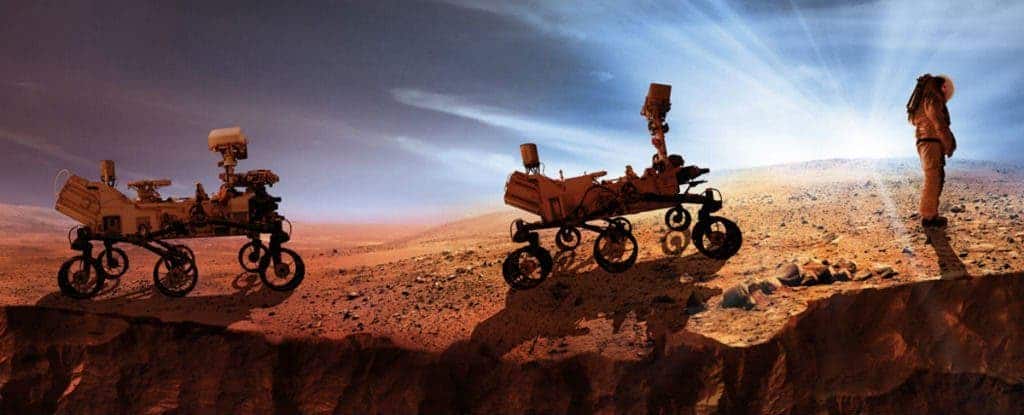After the glorious Apollo missions that led humans to the Moon for the first time, it’s time for a new Golden Age of space exploration – and NASA has a solid plan for that.

With Curiosity already rolling on the Red Planet for years, several satellites orbiting it and relaying useful information and even the new Martian movie, interest in studying Mars has never been higher. Riding on this new wave of interest, NASA isn’t wasting any time, and they’re preparing to land on Mars in only a couple of decades. Now, they’ve just announced a three stage plan on how they’ll be doing that.
Phase one is already well in action: it’s called Earth Reliant and it involves research projects carried out on the International Space Station (ISS), looking at how the human body reacts to spending a lot of time in space. Mars is much farther away than the Moon, and before we send people there, we need to know that their bodies can take it safely. Based on today’s technology, it will take about 150 days to get there.
There are also other experiments currently carried out in space that will help in the eventuality of a travel to Mars: 3D printing in space, advanced communication systems, better sensors and so on.
Phase two is called Proving Ground. “NASA will learn to conduct complex operations in a deep space environment that allows crews to return to Earth in a matter of days,” says the official document. This phase is focused the so-called cislunar space – when the team will be close to Mars. NASA wants to make sure that the space stations, rockets and astronauts will be as independent as possible, while also ensuring a safe and quick trip back home if needed
Phase three is called Earth Independent – and the name is pretty self explanatory here. It will include manned missions to Mars’ surface, and ensuring the quality and safety of experiments and engineering feats carried on the surface of the Red Planet.
“Future Mars missions will represent a collaborative effort among NASA and its partners – a global achievement that marks a transition in humanity’s expansion as we go to Mars not just to visit, but to stay,” says NASA. The first settlers will also have to incorporate materials find on Mars – if possible.
Those are the main lines, and although there will definitely be some refining in and about, NASA seems confident in this layout.



